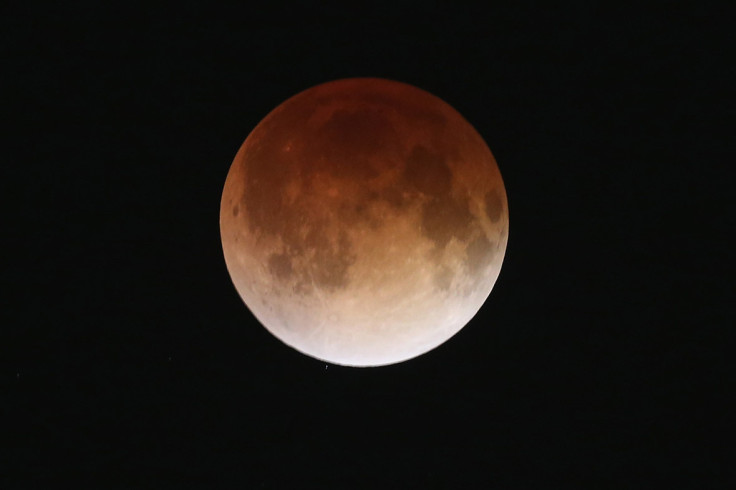Blood supermoon: How to photograph rare event that won't return until 2033

The "blood supermoon" taking place on 27 September will see a cosmic combination that will not return until 2033. At 02.47 GMT, the lunar perigee – where the moon is at its closest point to the Earth due to its elliptical orbit – will coincide with a lunar eclipse.
The supermoon means the moon appears about 14% larger in diameter and brighter than normal. The lunar eclipse is where Earth blocks the light from our sun. This will result in the light being refracted and scattered on to the surface, making it appear a red or copper colour. The last time these two events happened at the same time was 1982.
To mark the event, Nasa photographer Bill Ingalls has provided a guide explaining how best to photograph the blood supermoon. "Don't make the mistake of photographing the moon by itself with no reference to anything," he said. "I've certainly done it myself, but everyone will get that shot. Instead, think of how to make the image creative — that means tying it into some land-based object. It can be a local landmark or anything to give your photo a sense of place."
Ingalls said he uses Google Maps and apps to plan where to go to get the right angle at the right time – he likes to use Washington monuments as a reference point. However, landmarks like these are not essential.

He also said having a good camera is not necessarily essential, saying people could even try to capture the moon on their smartphones: "For me, it would be maddening and frustrating – yet it may be a good challenge, actually. You're not going to get a giant moon in your shot, but you can do something more panoramic, including some foreground that's interesting. Think about being in an urban area where it's a little bit brighter.
"Tap the screen and hold your finger on the object (in this case, the moon) to lock the focus. Then slide your finger up or down to darken or lighten the exposure."
For those using digital SLR cameras, Ingalls advises using the daylight white balance setting to capture the moonlight because the sunlight is being reflected. If you are using a long lens, he said it is important to remember the moon is a moving object: "It's a balancing act between trying to get the right exposure and realizing that the shutter speed typically needs to be a lot faster."
Other than that, he said people should have fun with their photography: "There are lots of great photos of people appearing to be holding the moon in their hand and that kind of thing. You can get really creative with it."
© Copyright IBTimes 2025. All rights reserved.






















